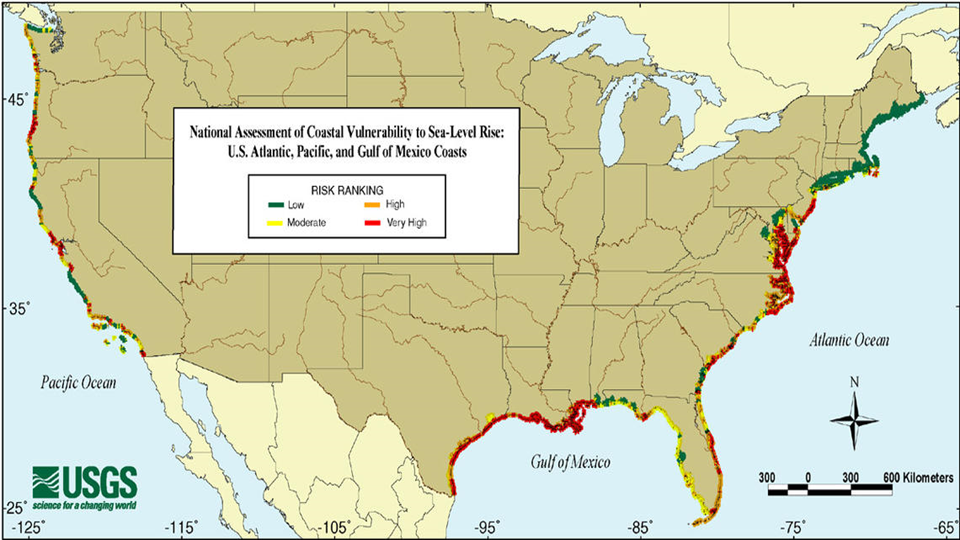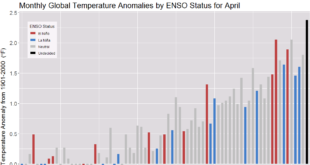 The NASA article Can’t ‘See’ Sea Level Rise? You’r looking in the Wrong Place by Alan Buis (5/13/2020) combines the quantitative facts of sea level rise with stories of places feeling the impact.
The NASA article Can’t ‘See’ Sea Level Rise? You’r looking in the Wrong Place by Alan Buis (5/13/2020) combines the quantitative facts of sea level rise with stories of places feeling the impact.
“Thanks to satellite and tide gauge data, we know that sea level is rising about 3.3 millimeters (0.13 inches) a year, a rate that grows by another 1 millimeter (0.04 inches) per year every decade or so,” Willis said. “Each year, global warming is currently adding about 750 gigatonnes of water to the ocean – enough to cover my home state of Texas about 1 meter (more than 3 feet) deep. We can’t really eyeball a few millimeters of sea level rise a year just by looking at the ocean because of waves, tides, etc. But we can definitely see the effects of it, both short- and long-term.”
Ocean Isle Beach NC:
I passed a woman walking her dog and asked her about the homes. “There used to be two streets of houses in front of these homes,” she told me. “Now they’re oceanfront.”
Norfolk, VA:
Over the past couple of decades, high tide flooding here has accelerated rapidly, and now occurs about 10 days a year, causing flooding in downtown Norfolk.
Sea Level data from NASA’s Sea Level Page.
